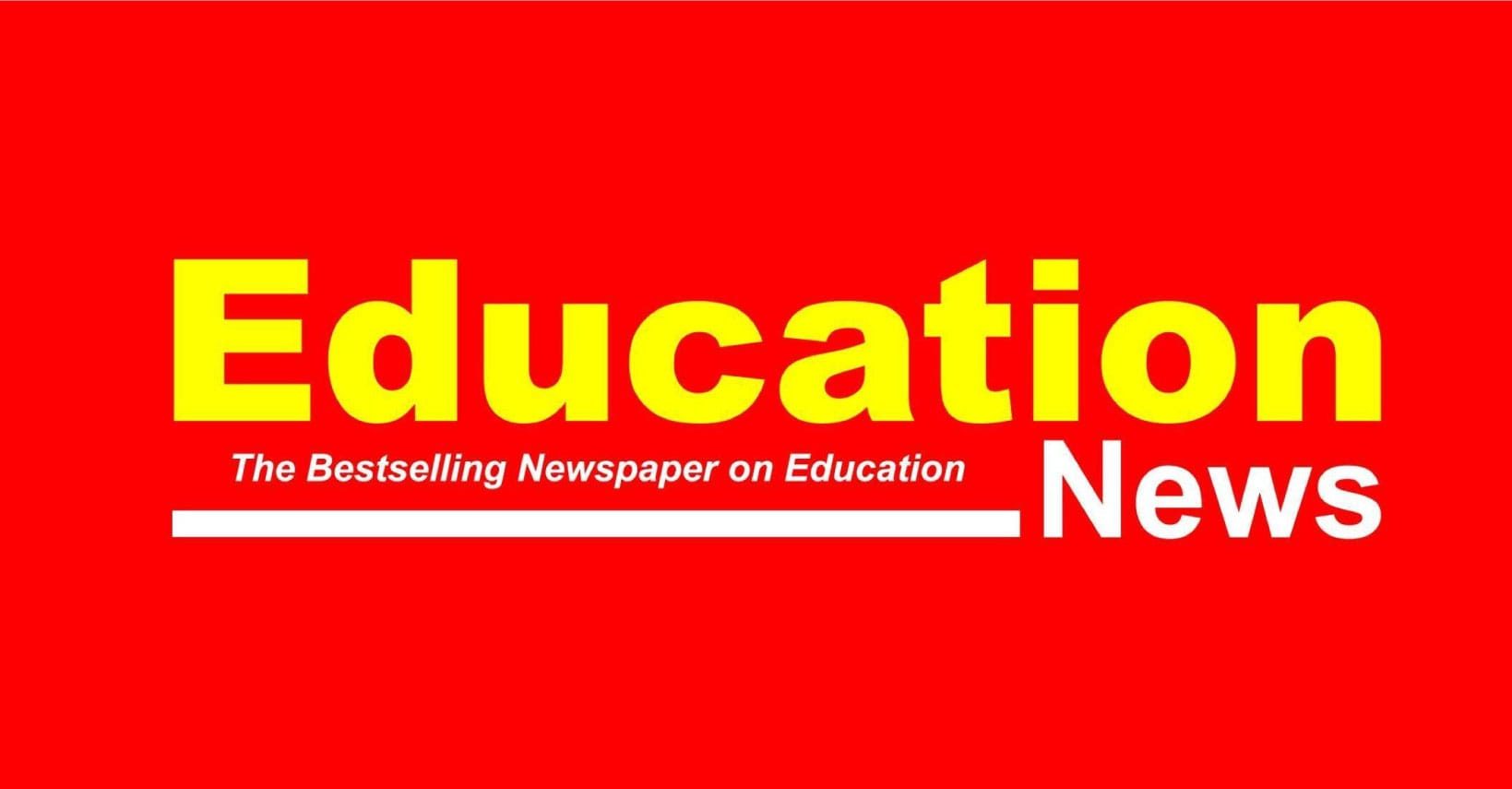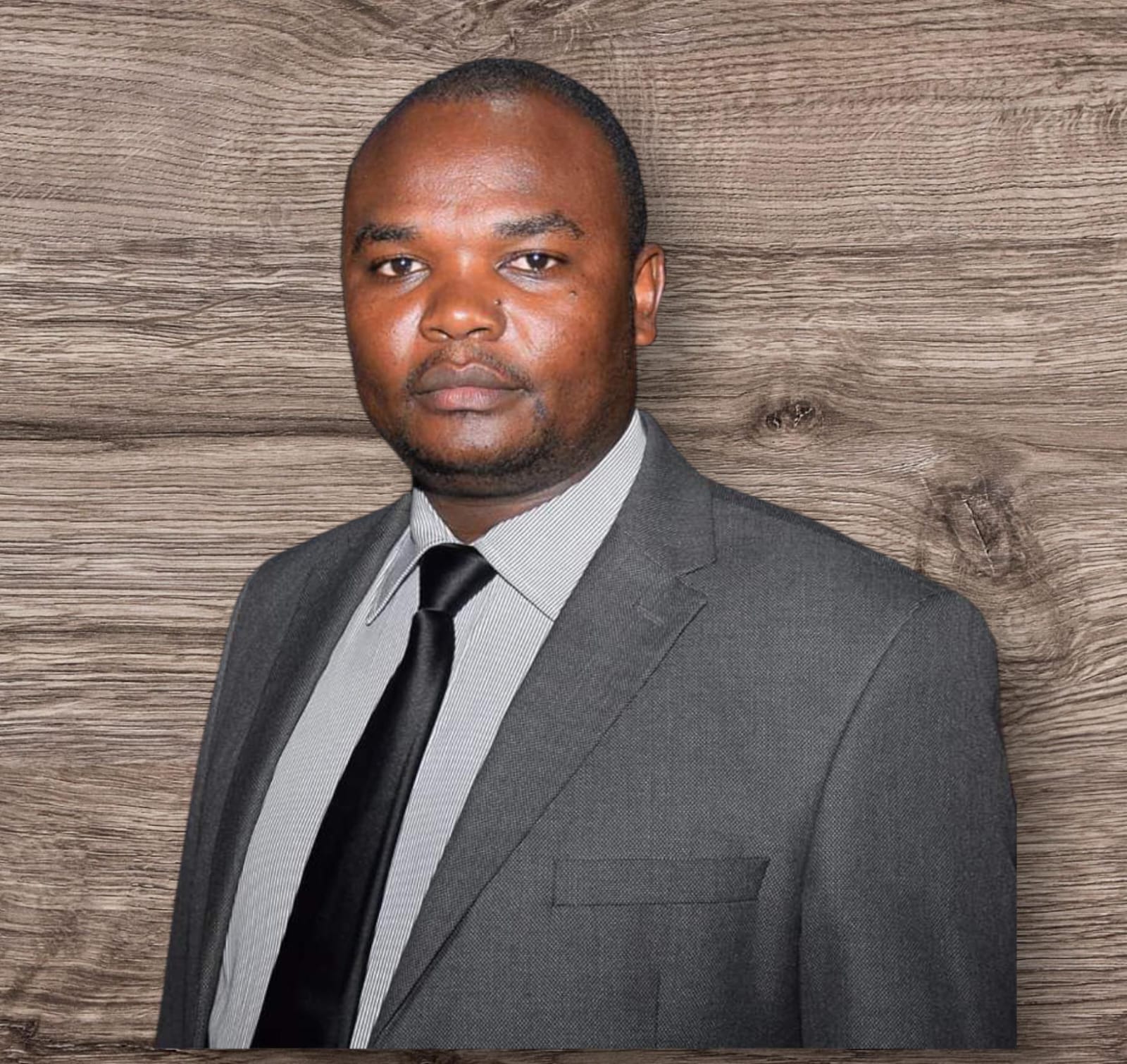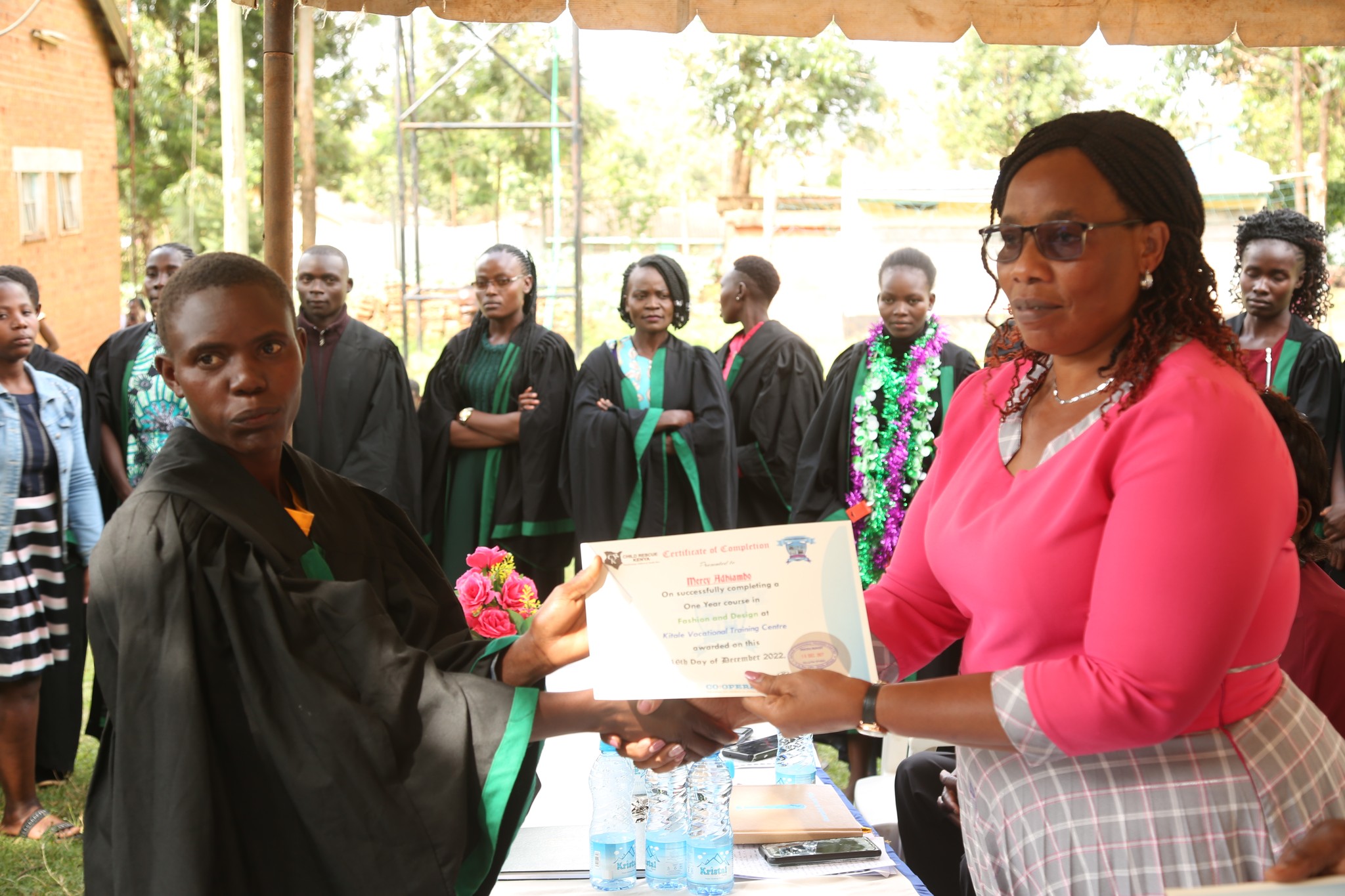Dear reader, in my 14th treatise on Competency-Based Education (CBE), I chose to write to Heads of Institutions (HoIs) or Principals on Aligning Strategic Plans of Senior Schools to Meet Basic Infrastructure Requirements. For in 2026 onwards, Secondary Schools will evolve to Senior Schools (C1-C4). Therefore, as an education consultant that assists schools to write, or review Strategic Plans, I think; schools should align their Strategic Plans to the demands of such climes and times.
Advisedly, a Strategic Plan is a document spelling out what an institution should do in a span of 5 years or so. In the whole scheme of things, it should be an optimistic, realistic and futuristic management document. In a heroic book titled School Administration and Management, Geoffrey Wango contends that visionary HoIs rely on Strategic Plans to steer schools towards stunning shores of success. Meaning, existence of Strategic Plans (SPs) and School Infrastructure Development Plans (SIDPs) with practical Annual Work Plans (AWPs) in schools assist the powers-that-be to remain transformative, visionary and strategic in their thinking and leadership approach.
Largely, development of Strategic Plans focuses on two important parts: (a) Strategic Formulation and (b) Strategic Implementation. When an institution decides to write new, or review an existing Strategic Plan, need or gap analysis should be done first. When formulating new Strategic Plans, there is the need of reading previous ones so as to ascertain what was, and what was not implemented within the span of 5 years.
Likewise, while reviewing existing Strategic Plans, it is important to assess the level of implementation; while thinking about new things that should feature. For instance, in case the Strategic Plan reads 2024-2028, it calls for serious reviews because there is what should be done in secondary schools as they shift to Senior Schools in 2026 in readiness to receive the Grade 10 learners — Pioneers of CBE. Actually, for the sake of writing new, or reviewing existing Strategic Plans to meet basic infrastructure requirements in CBE Senior Schools, it is imperative to understand the 3 Career Pathways — Tracks and Learning Areas or Subjects. Then, align aspects such as SWOT analysis, prioritised projects, strategic directions and implementation budget projection: to meet the basic infrastructure requirements in CBE.
Ideally, SWOT stands for strengths, weaknesses, opportunities and threats (SWOT). It is a situational analysis of the institution. In SWOT, consultants like the weaver of these words prepare two tables. The first one captures strengths and opportunities as internal factors. Whereas the second table captures opportunities and threats as external factors.
At God’s Pen Consultancy, when we sit to write a Strategic Plans, we develop SWOT analysis against 12 Strategic Directions: (1) Academic Affairs, (2) Co-Curricular Activities (3) Students’ Welfare, (4) Human Resource Management, (5) Physical Facilities and Equipment, (6) Transport and Communication, (7) School Image and Public Relations, (8) Safety and Security, (9) Environment and Sanitation, (10) Resource Management and Utilisation, (11) Finance Mobilisation and Management, and (12) Implementation of CBE. So, Strategic Directions or Issues or Themes, cascade to Objectives and Strategies or Actions. A policy document titled Guidelines on Selection and Placement of Learners to Senior Schools (2025) points out basic infrastructure requirements in secondary schools as they become Senior Schools in 2026. The same idea is reiterated and reinforced in another policy document titled Guidelines for Implementation of Senior School Education. In Chapter 5 the mandarins at the Ministry of Education are talking about Quality Assurance and Standards in Senior School with a special focus on Basic Infrastructure in Senior School.
ALSO READ:
JSS teachers accuse KUPPET of dwindling their petition on autonomy, shifting position
For teaching and learning to succeed in Senior Schools, infrastructure should be responsive to the changing needs of educational delivery as per the Safety and Standards Manual for Schools in Kenya (2008). In a broader sense, all Senior Schools should have requisite physical facilities, including, but not limited to: standard size classrooms, libraries, laboratories and lavatories. Then, all the structural and infrastructural development should adhere to the Registration Guidelines for Basic Education Institutions (2021).
Ostensibly, for the sake of aligning school Strategic Plans to meet basic infrastructure requirements in CBE Senior Schools; special attention should be given to the Strategic Direction number 5, which is Physical Facilities and Equipment. For instance, for Social Sciences Career Pathway, the Track of Languages and Literature has the following subjects: Literature in English, Fasihi ya Kiswahili, Sign Language, Kenya Sign Language (KSL), Arabic, French, German, Chinese Mandarin and Indigenous Language(s).
In order to offer this Track, Senior Schools should upgrade their tuition facilities such as classrooms and libraries. Then, there is the exigent need of setting up ultra-modern multi-purpose halls, theatres, ICT or digital device and language labs or rooms. Still on Social Sciences Career Pathway, there is the Humanities and Business Studies Track, which has the following subjects: Christian Religious Education (CRE), Islamic Religious Education (IRE), Hindu Religious Education (HRE), Community Service Learning (CSL), History and Citizenship, Geography and Business Studies. For the sake of ample preparedness, schools require subject rooms, ICT or digital devices and weather stations and survey room for Geography.
Additionally, in the STEM Career Pathway, there is the Pure Sciences Track with the following subjects: Core- Mathematics, Biology, Chemistry and Physics. In relation to basic infrastructure requirements, schools should have fully equipped science labs, standard classrooms with live-streaming capabilities, ICT or digital devices, water points and Mathematics rooms. Then, in the Track of Applied Sciences, the subjects include: Computer Science, Home Science and Agriculture.
For the sake of ample preparation for CBE, Senior Schools require spacious land for crop and livestock production, workrooms for Agriculture and Home Science, botanical gardens for Agriculture, storage for Agriculture and Home Science equipment, computer labs and ICT or digital devices. The Technical Studies Track in the STEM Career Pathway has the following subjects: Aviation, Building and Construction, Electricity, Metalwork, Woodwork, Media Technology, Marine and Fisheries Technology. There should be enough classrooms, ICT or digital devices, photo studios, fish ponds, models of aircrafts and multi-purpose workshop.
Consequently, in the Arts and Sports Science Pathway, the Track of Arts has these subjects: Fine Arts, Music and Dance, and Theatre and Film. There is the need for ICT or digital devices, audio and video-recording devices, costumes, props, musical instruments, dance and art studios, paint and thinners, classroom instruction area with interactive whiteboard, demonstrator’s desk, storage area, clean up area, lockable teacher’s prep area with vented storage for paints and thinners, display cases and track boards for displaying learners work and ample space for individual or group activities. There should be art supplies such as sketchbooks, pencils, paints, easels, clay, wood, et cetera.
Finally, in the Track of Sports Science, the subjects include: Physical Education (PE) and Sports and Recreation. Senior Schools require in-door and out-door play fields, athletic tracks, gymnasium, protective gear, standard swimming pool, water safety equipment, lane ropes, pool attendant, store, appropriate uniform, standard classrooms and ICT and digital devices. There should be audio and video recording devices, costumes, props and instructional videos. There should be music games, notation software, rhythm worksheets, varied musical instruments such as guitars and keyboards. Then, dance studios or open space for dance activities.
By Victor Ochieng’
Victor Ochieng’ is an education consultant. He assists schools to write new, or review existing Strategic Plans. vochieng.90@gmail.com. 0704420232
You can also follow our social media pages on Twitter: Education News KE and Facebook: Education News Newspaper for timely updates.
>>> Click here to stay up-to-date with trending regional stories
>>> Click here to read more informed opinions on the country’s education landscape






